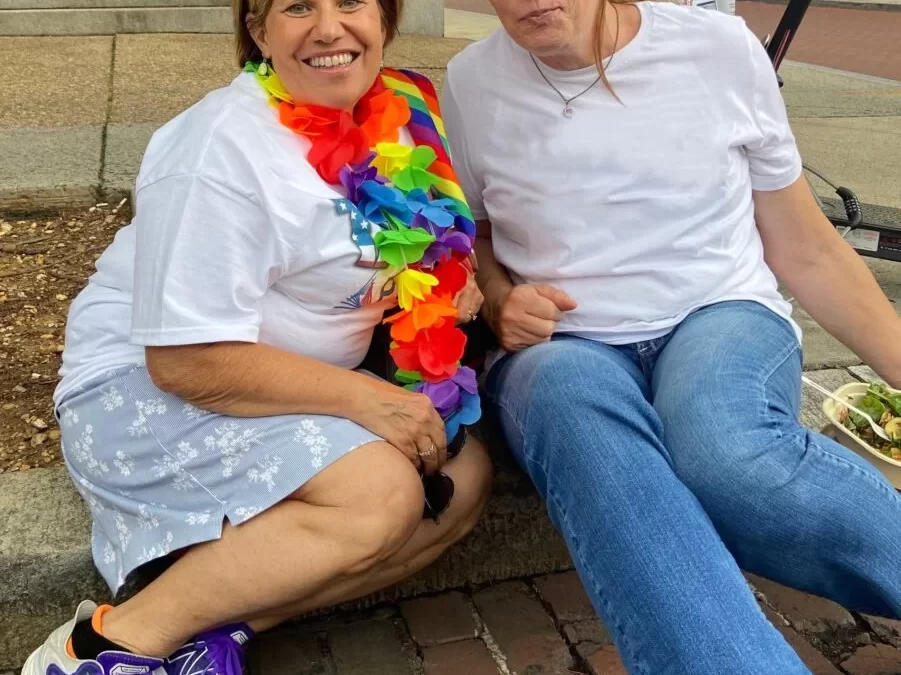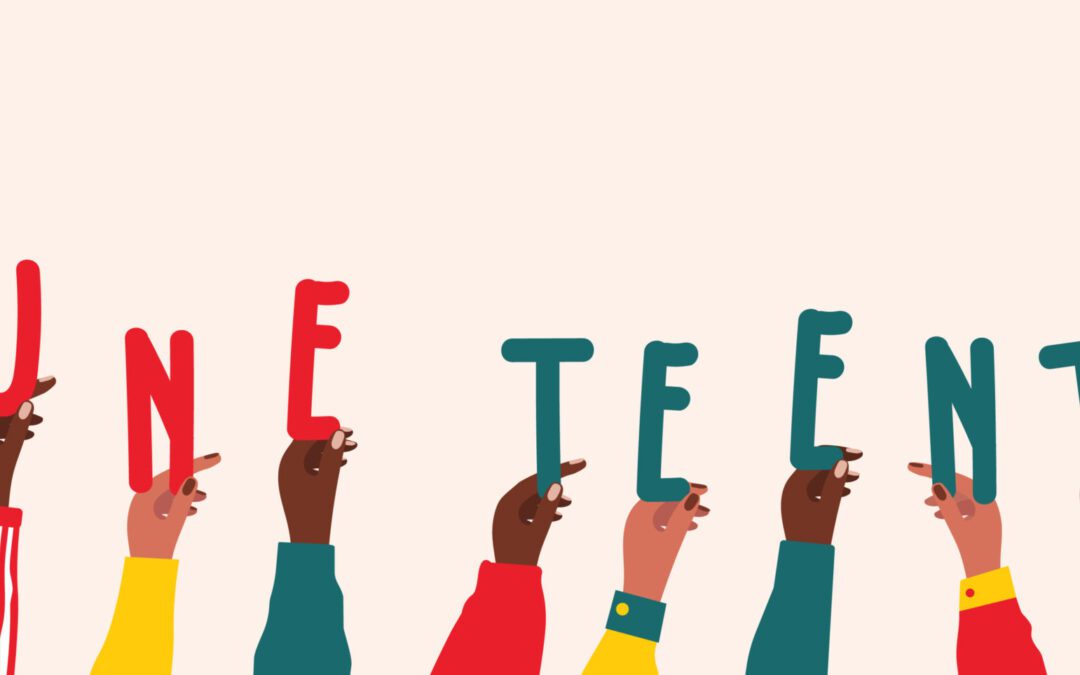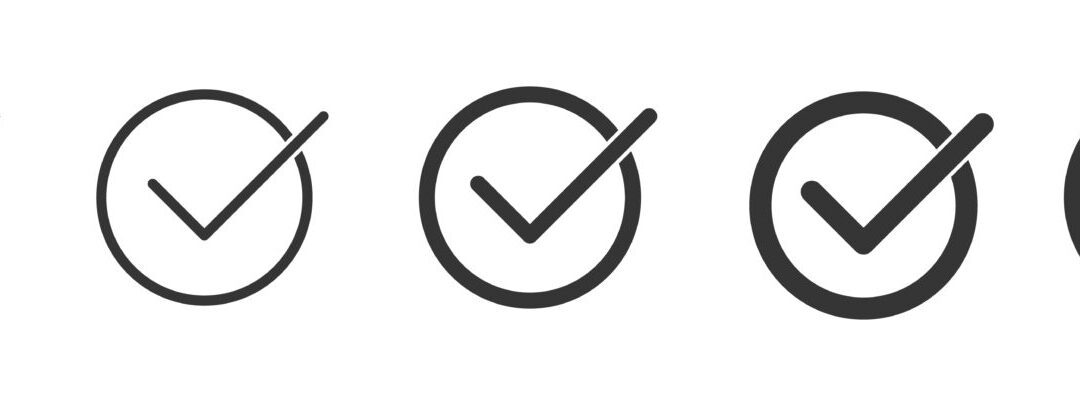


How Will You Observe Pride Month?
I came home exhilarated! It was such a fun day full of love and acceptance. I met my friend and colleague, Ann Murdoch at the Capital Pride Parade in Washington DC last year. Ann had helped arrange a spot in the parade for one of my clients, and we marched, danced,...
Performance Management: Is Your Workplace in a Pickle?
Like over 30 million other Americans, I have been playing pickleball. I am bad. I don’t say that to be coy, modest, or kind, I am truly not a very good player. What I love about both my husband and the group I play with is they are very, very encouraging. I hear on...
Juneteenth is 61 Days Away
Holidays have a way of creeping up on me. It’s springtime now, and before you know it, it will be summer. I know that I often have the best of intentions to commemorate special days, but often I fall short on the delivery. It’s suddenly Father’s Day and I haven’t even...


Recent Comments